Written by Anna Milbourne, illustrated by Sarah Gill, published by Usborne Picture Books
The book explores weather patterns and the daily changes in the environment during a rainy day. As the characters observe the sky darkening, raindrops falling, and puddles forming, students are encouraged to describe daily changes in the environment and explore how these changes affect everyday life (ACSSU004 – Foundation Year; AC9S1U02 – Year 1, Science).
Teachers can explore these suggested learning points with children: investigating how changes in the weather affect plants and animals, including humans; exploring how people make clothing choices using predictions of weather; and investigating how rain or clouds are formed.
With engaging language and vivid imagery, The Rainy Day supports early scientific thinking by prompting discussions about the water cycle, seasonal changes, and the role of rain in nature. This book is an excellent resource for developing curiosity and appreciation for the natural world.



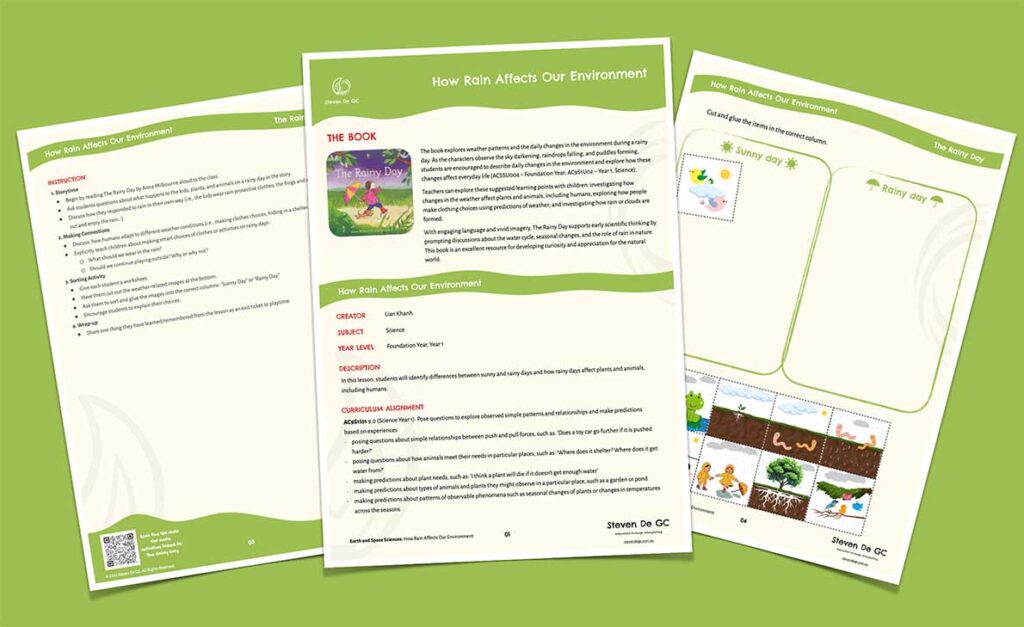

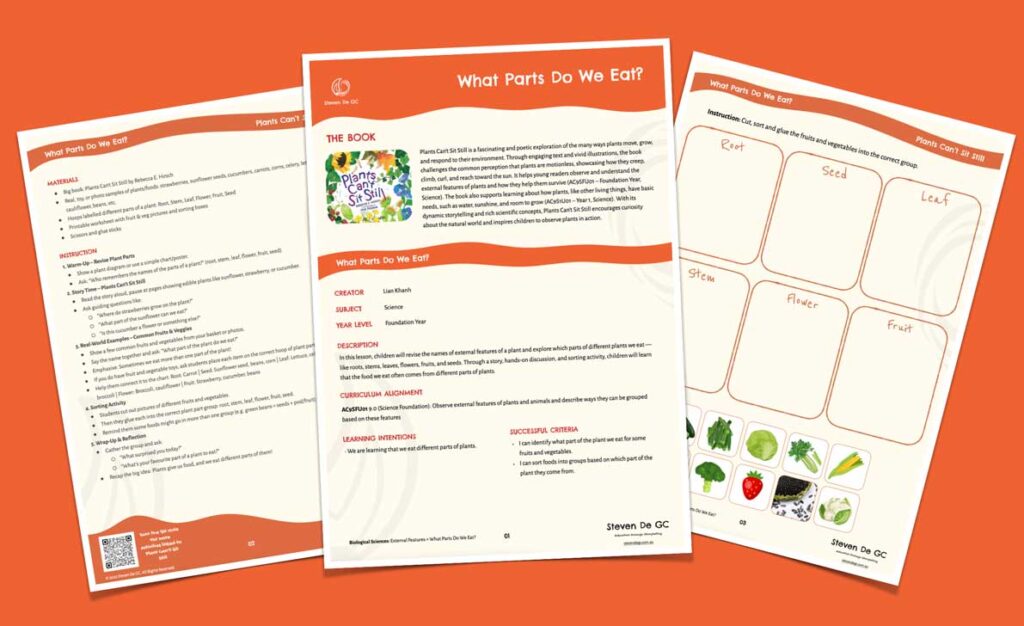
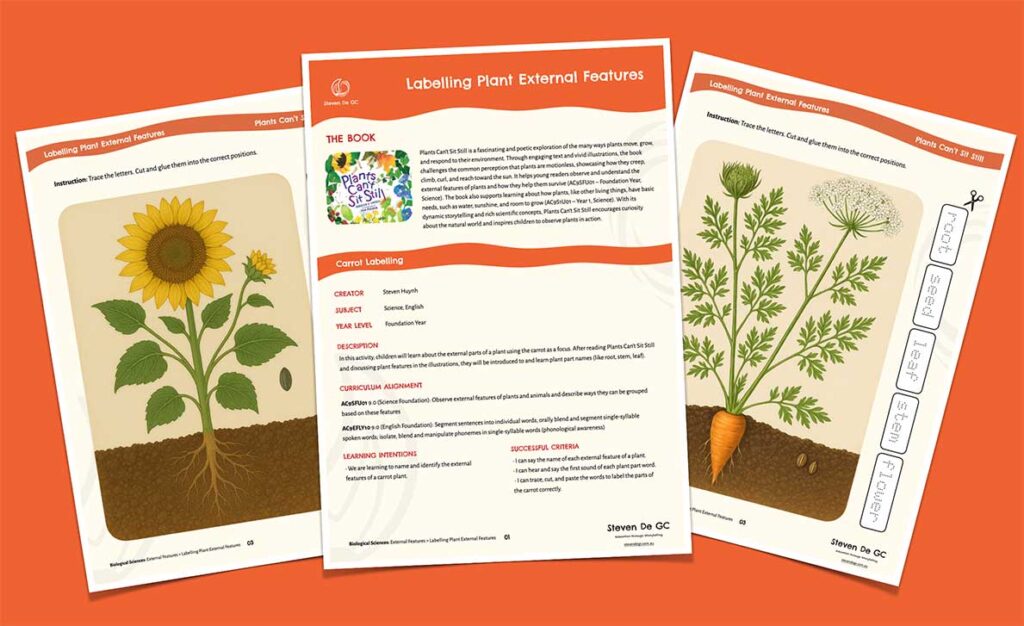
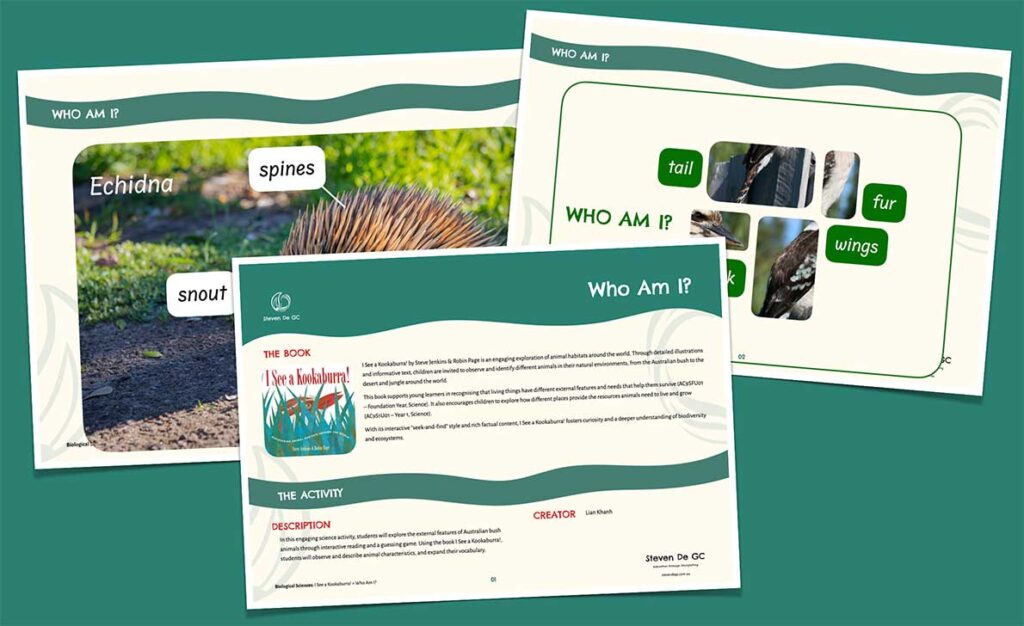

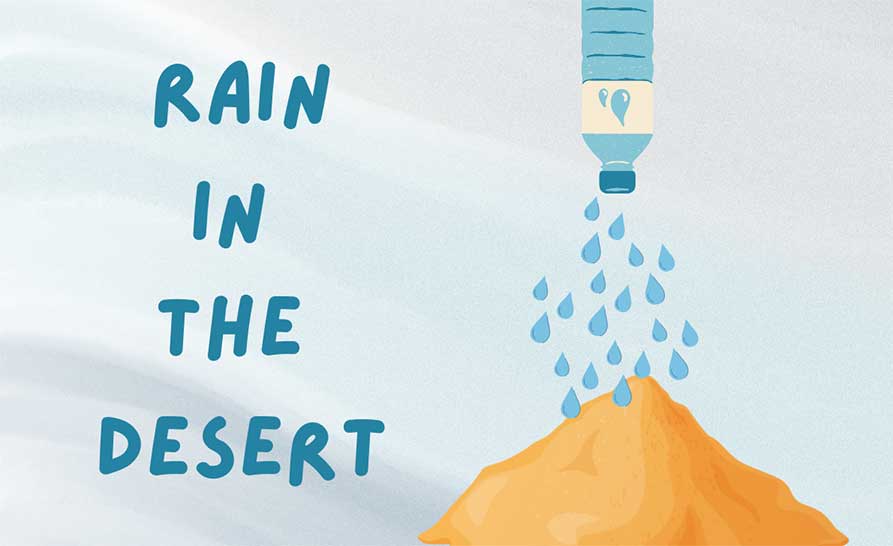
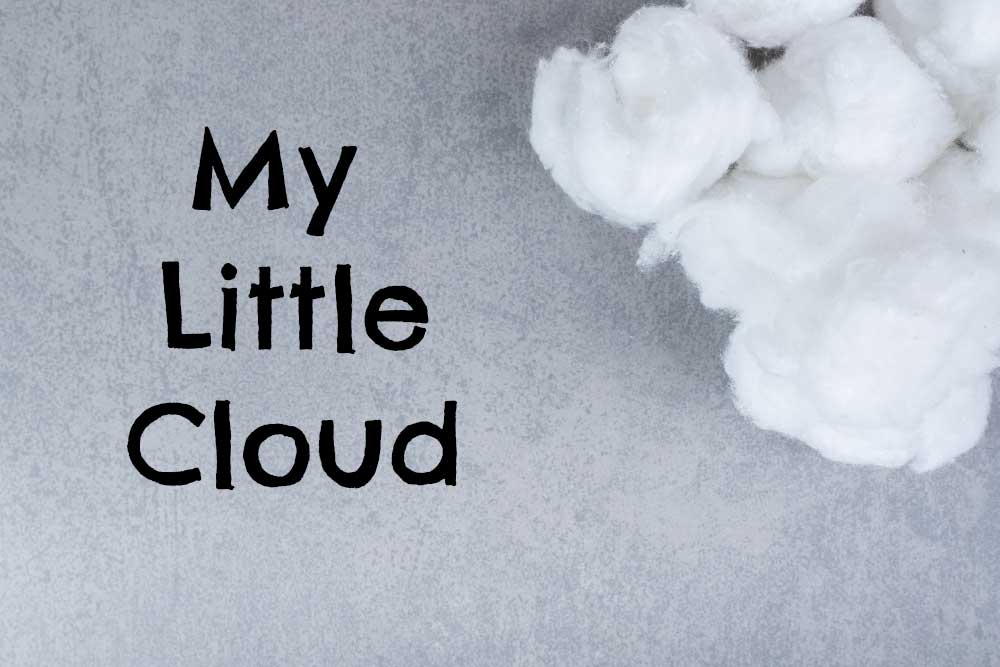
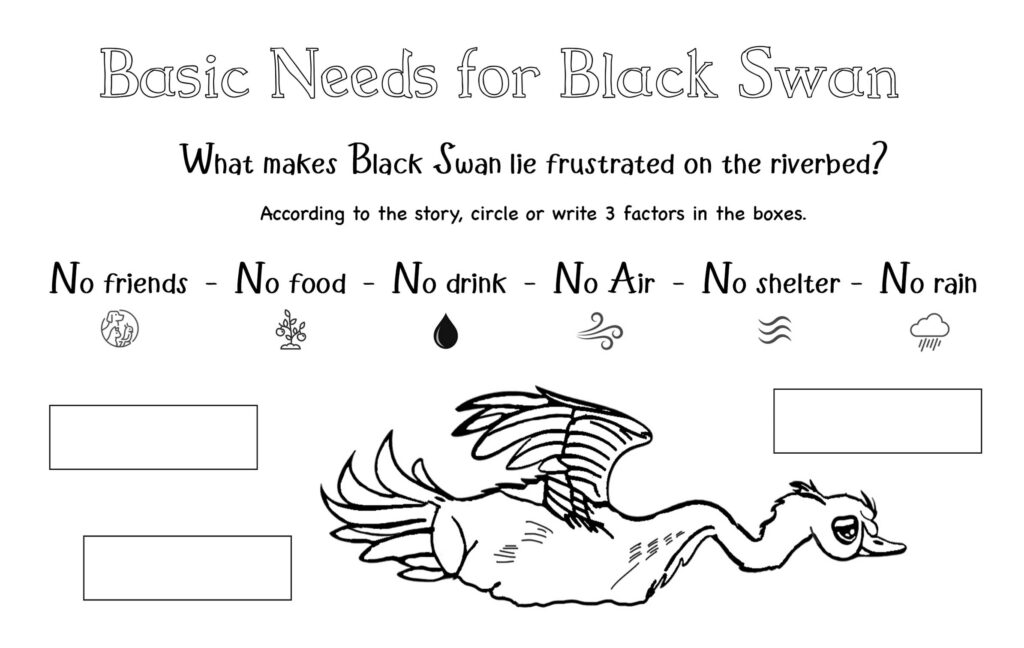
Leave a Reply